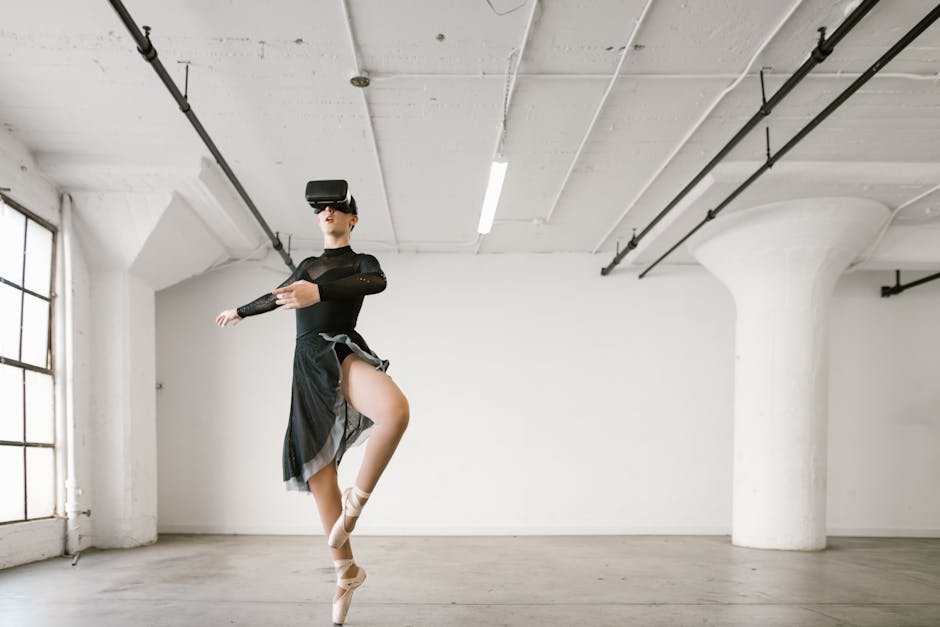Animation has come a long way from the hand-drawn frames of early cartoons to the sophisticated digital techniques we see today. I remember being captivated by the magic of classic Disney films, where each frame was painstakingly crafted by skilled artists. This traditional method laid the groundwork for the vibrant, dynamic world of animation we now enjoy.
Today, digital technology has revolutionized the industry, making it possible to create stunning visuals with unprecedented detail and complexity. From 3D modeling to motion capture, these advancements have opened up new creative possibilities for animators. It’s fascinating to see how the blend of artistry and technology continues to push the boundaries of what’s possible in animation.
The Roots of Animation: Traditional Techniques
Traditional animation techniques laid the foundation for today’s digital marvels, blending artistry and meticulous craftsmanship.
Early Hand-Drawn Animation
Early hand-drawn animation involved creating individual frames by hand. Artists relied on techniques like cel animation, where characters and backgrounds were drawn on transparent sheets. One of the pioneers was Winsor McCay, whose 1914 short film “Gertie the Dinosaur” showcased the potential of animated storytelling. Disney’s “Snow White and the Seven Dwarfs” epitomized advancement in this method by featuring complex backgrounds and fluid character movements. Painstaking efforts by animators resulted in films that captivated audiences and set standards for future works.
Stop-Motion: Crafting Movement in Still Objects
Stop-motion animation brought inanimate objects to life. Artists manipulated objects frame-by-frame, photographing each incremental movement. Willis O’Brien’s work on “King Kong” (1933) demonstrated the possibilities of stop-motion through detailed creature effects. Later, Ray Harryhausen refined the technique in classics like “Jason and the Argonauts” (1963), setting new benchmarks in the industry. Stop-motion’s intricate process required precise planning and a keen eye for detail, ensuring seamless transitions between frames for a fluid motion effect.
These traditional techniques form the backbone of animation, influencing today’s digital innovations and preserving the essence of storytelling through movement and creativity.
Transitioning to Modernity: The Emergence of Computer-Assisted Animation
With the advent of computer technology, animation has undergone significant transformations. Digital advancements have revolutionized the field, bringing exciting possibilities and new creative avenues.
The Rise of Computer-Generated Imagery (CGI)
- Transformative CGI: Computer-Generated Imagery, or CGI, changed the animation landscape dramatically, allowing for the creation of complex visuals that were previously impossible with traditional methods.
- “Toy Story” Milestone: Movies like “Toy Story,” released in 1995, showcased the potential of CGI, being the first entirely computer-animated feature film.
- Pixar’s Innovation: Pixar’s innovative approaches highlighted the precision and flexibility afforded by digital animation.
- Realistic Animation: CGI enables animators to produce realistic textures, detailed environments, and fluid character movements.
- Pushing Boundaries: Studios like DreamWorks and Industrial Light & Magic have consistently pushed CGI boundaries, resulting in visually stunning films such as “Shrek” and “Jurassic Park”.
Hybrid Techniques: Combining Traditional and Digital
- Hybrid Techniques: Blend traditional animation and digital tools, creating a unique visual style.
- Hand-Drawn and Digital: This approach combines hand-drawn elements with digital enhancements.
- Disney’s “Tarzan”: Used Deep Canvas technology, enabling 2D characters to interact seamlessly with 3D environments.
- Influential Technique: The technique was influential in subsequent productions like “Treasure Planet” and “Atlantis: The Lost Empire.”
- Charm and Efficiency: Animation studios frequently use hybrid methods to maintain the charm of traditional animation while benefiting from digital efficiencies.
- Modern Appeal: The result is visually rich and engaging content that resonates with modern audiences.
Current Trends in Animation Technology

Animation technology is rapidly evolving, and staying updated on trends is crucial for understanding the industry’s direction.
Motion Capture Revolution
Motion capture, or mocap, has revolutionized how animators create lifelike movements. This technology records actors’ movements and translates them into digital animations. Films like “Avatar” and video games like “The Last of Us” showcase mocap’s ability to produce highly realistic character animations. By capturing intricate details like facial expressions and subtle gestures, mocap allows for detailed and believable character performances. The increased adoption of real-time mocap systems lets animators view and adjust animations instantaneously, enhancing productivity and creative flexibility.
3D Animation and Realism
3D animation focuses on creating three-dimensional digital models that can be manipulated in virtual space. Pioneering studios like Pixar and DreamWorks have championed this technique, producing hits like “Finding Nemo” and “How to Train Your Dragon.” Advances in rendering technology and software like Autodesk Maya and Blender contribute to the growing realism in 3D animation. Techniques such as ray tracing, which simulates the way light interacts with objects, add a new layer of depth and realism. Combining 3D animation with artificial intelligence and machine learning, studios can now automate complex processes, such as crowd simulations and procedural generation, making animation more efficient and sophisticated.
Future Perspectives in Animation
Animation continues to evolve, driven by technological advancements and creative innovation. The future of animation promises even more groundbreaking techniques and immersive experiences.
1. AI and Machine Learning in Animation Creation
Artificial intelligence (AI) and machine learning (ML) revolutionize animation creation. Automated tools now expedite labor-intensive processes like in-betweening, saving considerable time. For instance, ToonBoom and Autodesk utilize ML algorithms to predict and generate intermediate frames.
AI aids in generating realistic textures and lighting. Deep learning models analyze vast datasets, enabling more lifelike animations. This results in characters with complex animations generated more efficiently.
Procedural generation techniques further enhance animation possibilities. Artists create vast, intricate environments dynamically rather than manually designing each element. Studios like Pixar and DreamWorks already integrate these technologies.
2. Virtual Reality (VR) and Augmented Reality (AR) in Animation
VR and AR redefine viewer experiences. VR immerses audiences into animated worlds, offering 360-degree interaction. Animators now design narratives where viewers engage directly. Oculus Story Studio exemplifies this with titles like “Henry” and “Dear Angelica.”
AR layers animated elements over real-world views. This technology transforms how users interact with their environment. Platforms like Snapchat and Instagram popularize AR animations, integrating them into social media.
The advancements in VR and AR impact production techniques too. Filmmakers visualize scenes in real-time 3D environments, streamlining the creative process. The rise of VR and AR indicates animation’s expanding capabilities and immersive potential.
Conclusion
Animation has come a long way from its humble beginnings. We’ve witnessed incredible transformations from hand-drawn sketches to cutting-edge digital techniques. Each innovation has opened new possibilities for storytelling and creativity. As we embrace AI, ML, VR, and AR, the future of animation looks more exciting than ever. I can’t wait to see how these technologies will continue to shape the industry and captivate audiences worldwide.

 Rogerry Nelsonier is a trailblazer in the tech industry, renowned for his passion for technology and its potential to drive societal impact. Inspired by the rapid advancements in technology, Rogerry envisioned a collaborative space where innovative minds could converge to explore groundbreaking ideas and develop transformative solutions. This vision culminated in the founding of Info Wave Circle, a dynamic community dedicated to fostering innovation and creativity.
Rogerry's journey began in Pompano Beach, Florida, where he established Info Wave Circle to bring together like-minded individuals passionate about leveraging technology for positive change. Under his leadership, Info Wave Circle has grown into a thriving hub for tech enthusiasts, entrepreneurs, and innovators. Rogerry’s commitment to pushing the boundaries of what technology can achieve continues to inspire those around him, making Info Wave Circle a beacon of progress and societal advancement.
Rogerry Nelsonier is a trailblazer in the tech industry, renowned for his passion for technology and its potential to drive societal impact. Inspired by the rapid advancements in technology, Rogerry envisioned a collaborative space where innovative minds could converge to explore groundbreaking ideas and develop transformative solutions. This vision culminated in the founding of Info Wave Circle, a dynamic community dedicated to fostering innovation and creativity.
Rogerry's journey began in Pompano Beach, Florida, where he established Info Wave Circle to bring together like-minded individuals passionate about leveraging technology for positive change. Under his leadership, Info Wave Circle has grown into a thriving hub for tech enthusiasts, entrepreneurs, and innovators. Rogerry’s commitment to pushing the boundaries of what technology can achieve continues to inspire those around him, making Info Wave Circle a beacon of progress and societal advancement.
